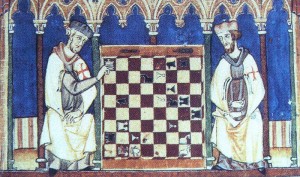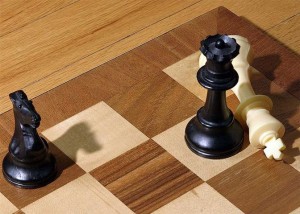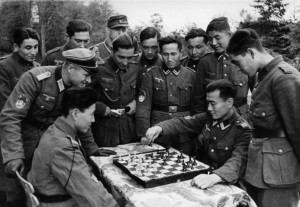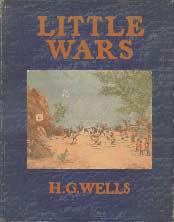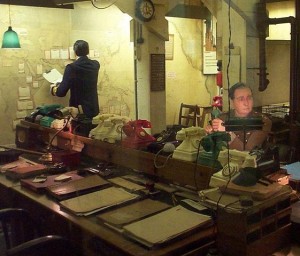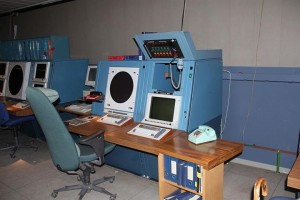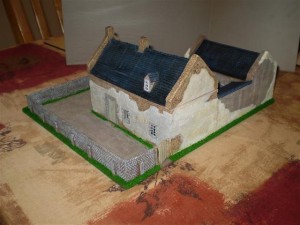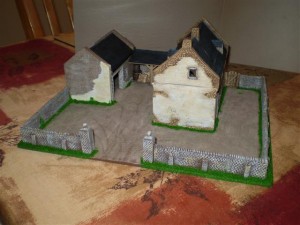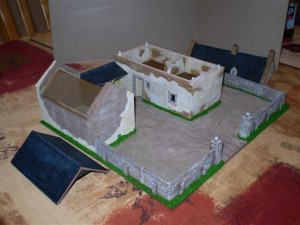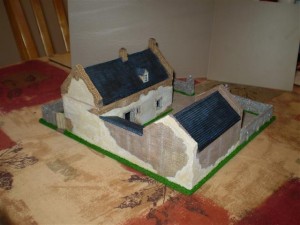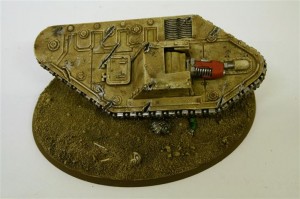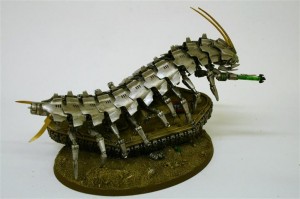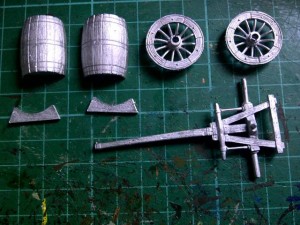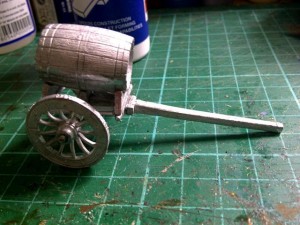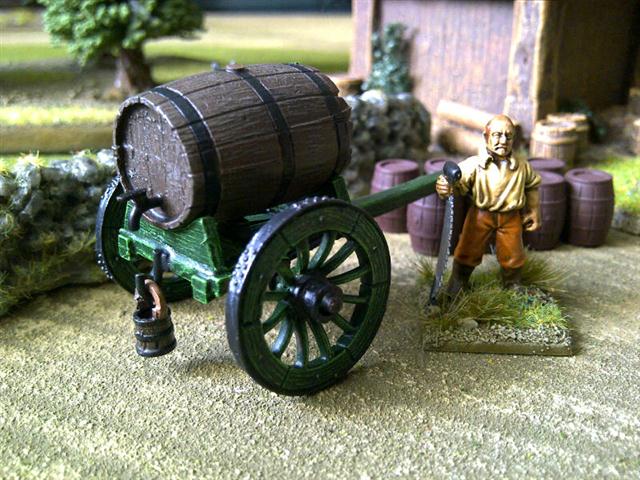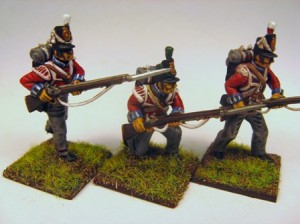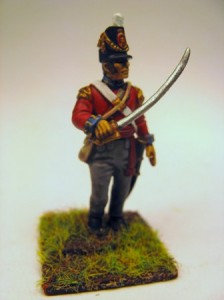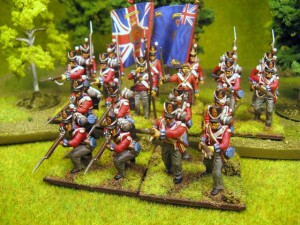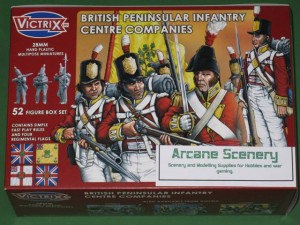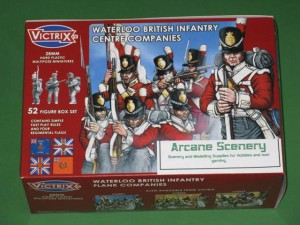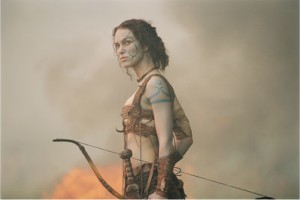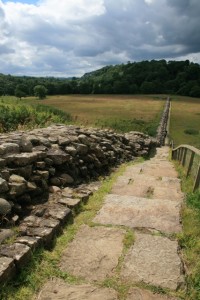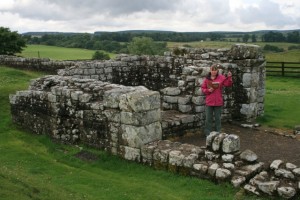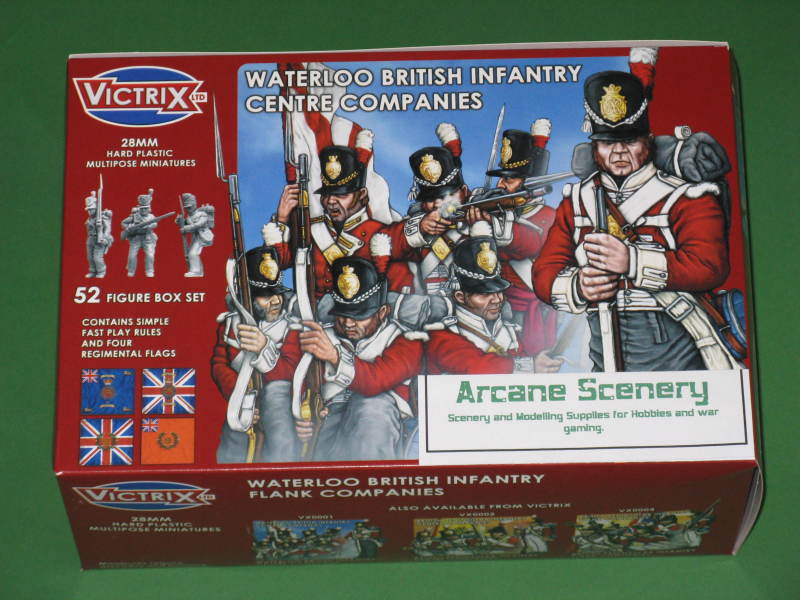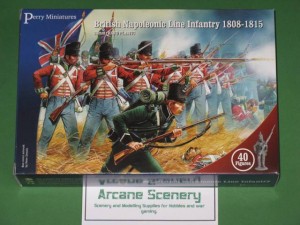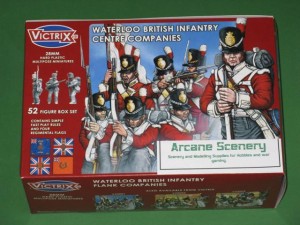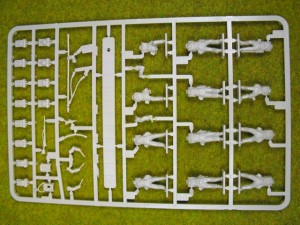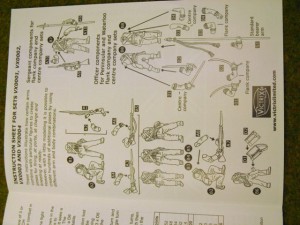You chaps should know about this, and so I thoroughly expect some corrections. I will be disappointed if not.
War is an expensive business. All those guns, bombs and people don’t come cheap. Well unless you happen to have coerced and stolen, and even then you have a whole new bunch of people to kidnap and people don’t leave AK47s lying around everyday. Ideally you want to plan what you are doing in advance.
You might want to pop a few notes down :
“Monday-march a bit,
Tuesday-circle encampment,
Wednesday-storm encampment,
Thursday-shoot a bit more, probably bury Smith, always was slow,
Friday-win!
Saturday-celebrate, get Smith to order beer and girls before death”
Of course this all relies on you knowing how to wage a war, and your enemy. If you’ve never gone to war before how do you know what to do? [This is where you chaps answer]
Luckily since ancient times there have been ways of training your officers that don’t require leaving the comfort of the mess hall.
Chess, Draughts… Go
Though the history of all three of these games has been disputed and confused over the years, they certainly have played some role in the strategy training even if unofficially. Chess and Weiqi (Go) both focus on defence and offence tactics, to protect your pieces and diminish the opposition.
When they weren’t off persuading Muslims into Christianity the Knights templar were stealing their games.
The Indian part of Chess’ history (for it has two parents) names it chaturanga, which in one translation means the four parts of the military. The four parts being cavalry, infantry, chariots and elephantry. The elephants disappointingly got replaced by castles in the modern version. The Persian parent side shatranj was used by the military to train noblemen before they took on command roles.
How your chess game might pan out today (photo by Alan Light)
German soldiers watch a game of chess (photo by Bundesarchiv)
Roman Sand Pits to German War Games
Something more familiar to many of you is the Roman approach to strategy and tactic with a sand box, and stones to represent your soldiers. Used to play out the possibilities that might face your legions as they advance on the yet to be Caesar-ed towns. Still used by some cadet training programmes in America (apparently) to introduce new recruits to the tactics they might need. You should be grateful to the Romans chaps, not only for their amazing roads, but they essentially are to thank for that thing that you dedicate so much to. The Germans in the 19th century of course expanded on these and chess to create military training games that mixed the two forms and are far closer to the sort of games you probably play. Though HG Wells characterised the German games that he based his rules on as dull, they were not designed to be a fun game, but a very definite training tool.
Helmuth Karl Bernhard von Moltke the man behind Kreigspiel
Graph Paper and Simulations
We’re going to skim over the 1950s games which were used by both the military and sold commercially. Not least because a good portion of you probably own one of these games. At a similar time a less game based strategic technique was also emerging. The start of the twentieth century was a great time for science, technology was moving on sufficiently to start making discoveries in the chemical, biological and physical science. And not to be left behind the maths dudes were finding proofs all over the place. The potential of equations to plan war was not lost on the military, and they began developing wargames that resembled more a log table than a game table. This use of mathematics has largely led to the way that the military now trains soldiers, and how many of you might occupy yourself when not near the game table. Computers. Starting as an almost direct translation of the board games, computer simulations have become increasingly more sophisticated making use of AI and modelling. No not that kind of modelling, I mean more like ![]() or
or ![]() kind of modelling.
kind of modelling.
The military’s interest in computers has naturally distilled down to increases in consumer technology, it is after all the military we can at least partly thank for the internet. However, more surprisingly it works in reverse too. Reputedly the US Navy make use of Flight Simulator.
This kind of war room drove the second world war (photo by Kaihsu Tai)
This kind the Cold war…(photo by Niels Elgaard Larsen)
And if we have a space war (lets hope not) this will presumably be the kind of planning room. Though I imagine the astronauts will look less jolly.
The question is would you trust yourself to run a military operation? Or if you’ve done both does the game reflect real life?
If you’d like to read more on this here and here are quite useful sources.

